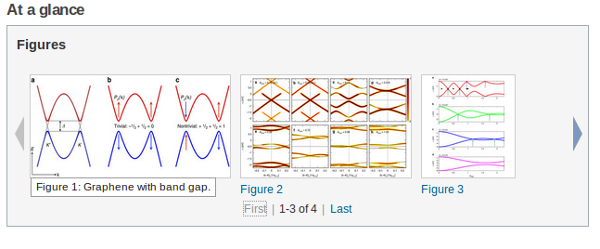Physics Professor James K. Freericks of Georgetown University published a research paper on graphene in the Nature Communication journal in May 2015. Titled "Theory of Floquet band formation and local pseudospin textures in pump-probe photoemission of graphene".
Graphene, the new miracle material
We have reported on graphene before. It is one of the hardest and most resilient materials in the world. Graphene is a chemical relative of diamonds, coal or the graphite of pencil leads - only much better. That's why some people call it the "miracle material". With only one atomic layer, it is one of the thinnest materials in the universe – less than a millionth of a millimeter thick. Due to its many advantages, it has enormous economic potential and could be used in the future for the production of solar cells, displays and microchips.
For example, instead of the indium-based materials used today, graphene could revolutionize liquid crystal displays (LCDs) used in flat panel displays, monitors and mobile phones. There are already numerous studies dealing with graphene. In his recently published study, Professor Freericks investigated the process of using lasers to control the energy bands in graphene.
Modifying graphene properties
His research focuses on how quickly the electronic properties of graphene can be modified using lasers. A millionth, a billionth of a second or a femtosecond - in other words, an unimaginably short unit of time.

Controlling electrons with radiant light
"The project demonstrates how to control the path of electrons moving through a material with an extremely fast time scale. Almost a million times faster than a current PC processor - simply through the use of radiant light," explains Professor Freericks.
The project was developed in collaboration with research colleagues Michael Sentef, Martin Claassen, Alexander Kemper, Brian Moritz and Takashi Oka and was supported by the Department of Energy and Georgetown's Robert L. McDevitt.
Further information can be found via the URL mentioned in our source citation.

